First and foremost, let’s raise a toast (once again) to Instagram for pulling off the deal of the century. Or maybe the deal of the milky way.
(Shot using a native iPhone Camera)
Errrr….actually let’s toast this the Instagram way!
Images treated with Instagram filters as shown above!
Now, coming to the point:
What would have happened to Instagram IF Facebook would not have bought it?
Let me share my view:
This is the way Instagram has scaled in users :
Source – https://www.quora.com/Instagram/How-many-users-does-Instagram-have
Clearly, it DOUBLED its users in the past 3 months (and this is before it launched in the Android marketplace).
Hence it’s safe to assume that by June 2013, Instagram will have 50 million users and in another 6 months from there – say Dec 2013, it will have touched 100 million users.
So, what CAN YOU DO with 100+ million users who use a Mobile Photo app?
Let’s see what Camera Awesome (a strong competitor of Instagram when it comes to treating photos goes) offers:
(p.s – Camera Awesome is one the best rated camera apps on the iTunes store by the Wall Street Journal etc. etc.)
Check out Camera Awesome:
Now PAY ATTENTION TO THIS SCREEN (See the arrow on the bottom left)
What Camera Awesome does is SELL ‘Top Ups’ as FILTERS and SPECIAL Effects to people like me who really want to make a photo read like a STORY!
Believe it or not, once I bought one set of filters, I succumbed to all the others and in the end PAID US$ 9.99 for ‘Everything’!
SO I PAID US$ 9.99 for ‘all the photo editing effects’ when I got addicted to Camera Awesome.
Now, what could a layman, silly accountant like me, do with these filters?
What made me – The Marwari, SPEND US$ 9.99 (almost Rs 550/-) on ‘virtual’ camera filters?
Check this out:
This is a photo I shot at the Gurgaavan Toll bridge using my iPhone:
This is what I did to the same photo using CAMERA AWESOME:
If you realize, I turned a silly Toll Bridge into a World War 2 Story (that’s how I posted it on FB etc) and derived the satisfaction of being an ‘ace photographer’ without really having the training, equipment or the talent to be one!
CAMERA AWESOME made me FEEL AWESOME.
Now, let’s apply this Consumer Delight Economic Model to Instagram:
With 100+ million users, let’s assume that in Dec 2013 Instagram would begin to offer 50+ NEW CAMERA FILTERS & EFFECTS to its users, for say US$ 9.99.
The general thumb rule is that 2-3% of all free users UPGRADE to paying users when they get enhanced offerings.
2% of 100 million users would mean 2 million users!
If each of the 2 million users would pay US$ 9.99, (Zynga’s average revenue per user is US$ 20.00), that would mean that Instagram would generate a revenue of 20.00 million dollars a month!
Ps – This is not a ‘recurring’ revenue model. This is a one time payment. BUT, as it is observed in all the ‘virtual goods’ businesses, the ‘LTV’ – Lifetime Value of users ranges for 2-3 months. ALSO, there are the rest of the 98% who are ‘fence sitters’ that jump in, AND also new users that keep getting added.
Prorate/extrapolate that number, and it’s easy to see that in 2014, Instagram could easily generate 300-400 MILLION US$ in revenue.
Now, the cost of generating these images is ZERO except some silly server costs. As regards people, Instagram has 13 people on its rolls!
So Instagram Profits would easily be at least 80%!!
Using the same math, in 2014, on a 300-400 MILLION US$ revenue, Instagram would have 250-300 MILLION US$ IN NET PROFITS!!
Even a 10x multiple on profits (Internet companies go much higher), it would mean that Instagram would be valued at 2-3 BILLION US$ easily if not more.
DID YOU READ THAT RIGHT? 2-3 BILLION US$$$ !!!!
So, there you have it!
And we thought 1 Billion US$ for Instagram by Facebook was the silliest thing we had ever heard of!

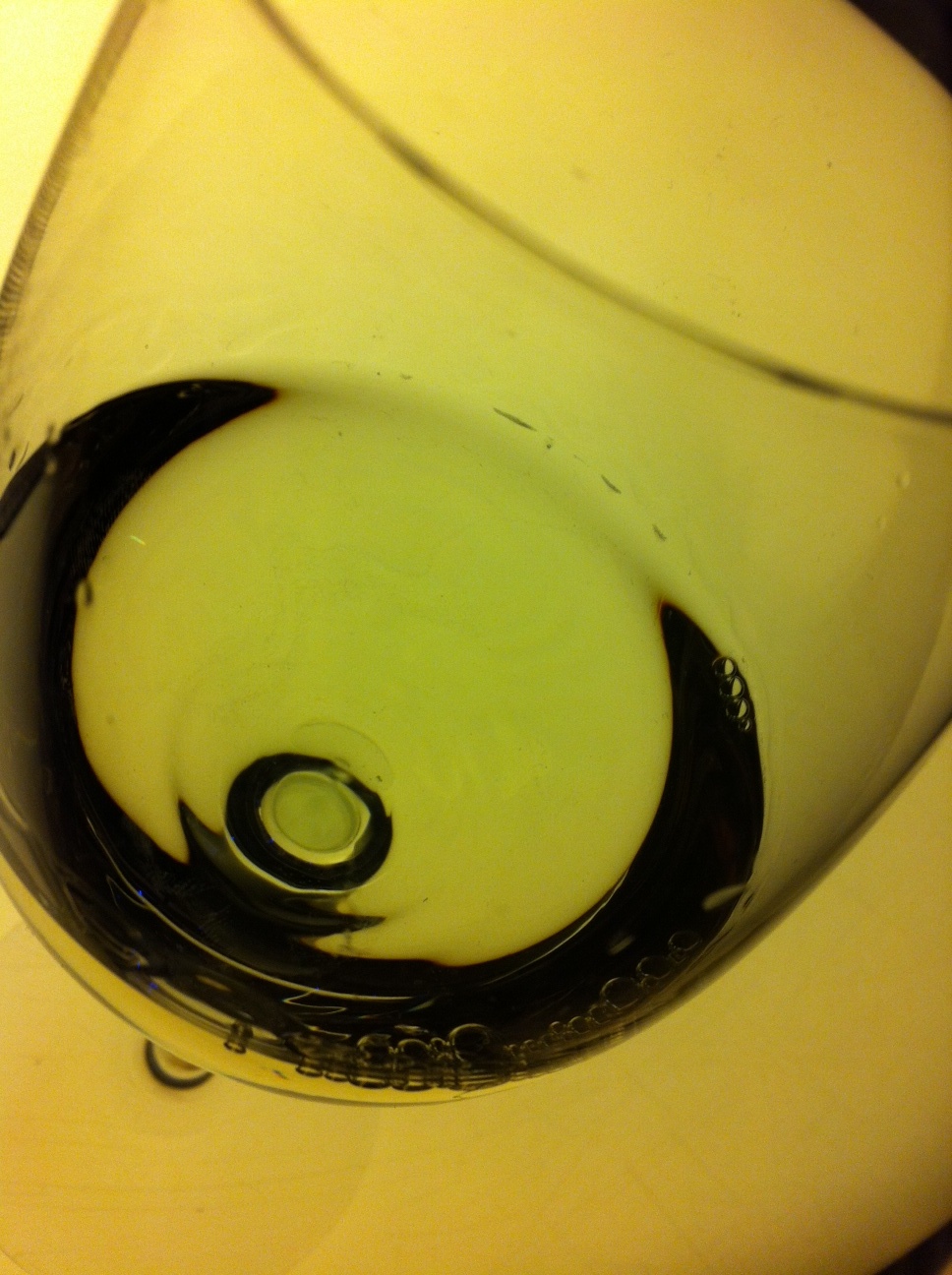

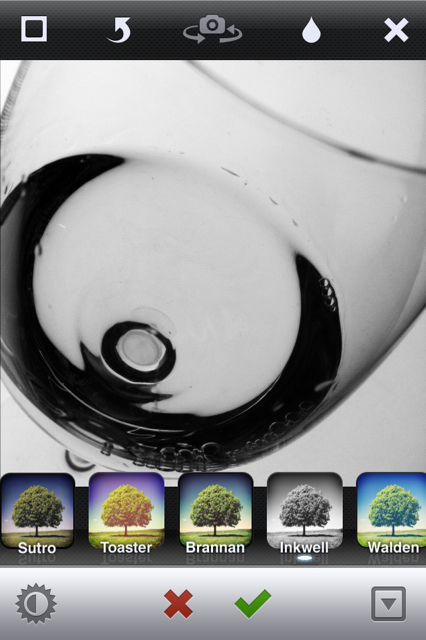

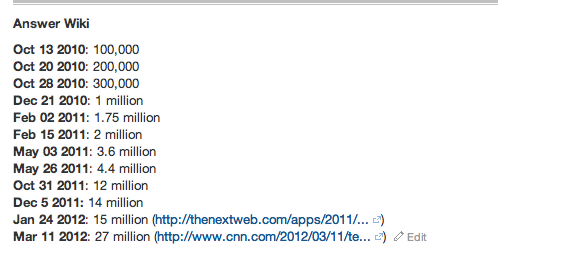

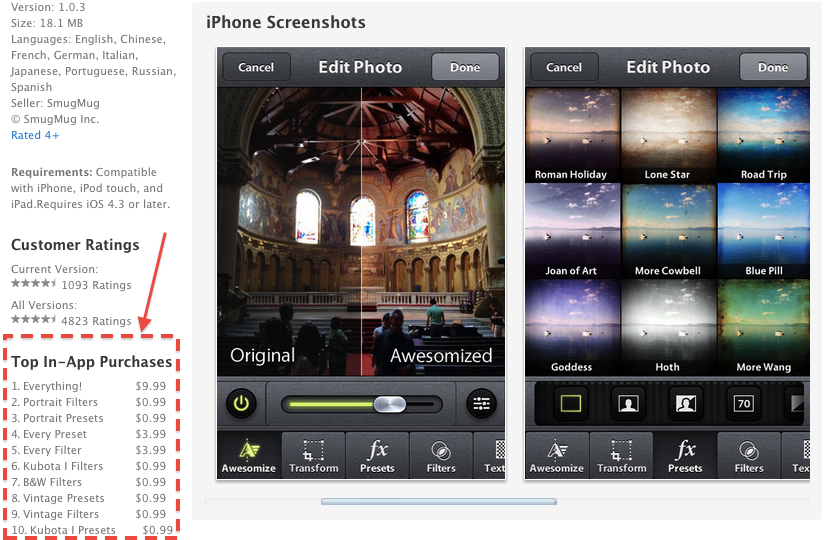
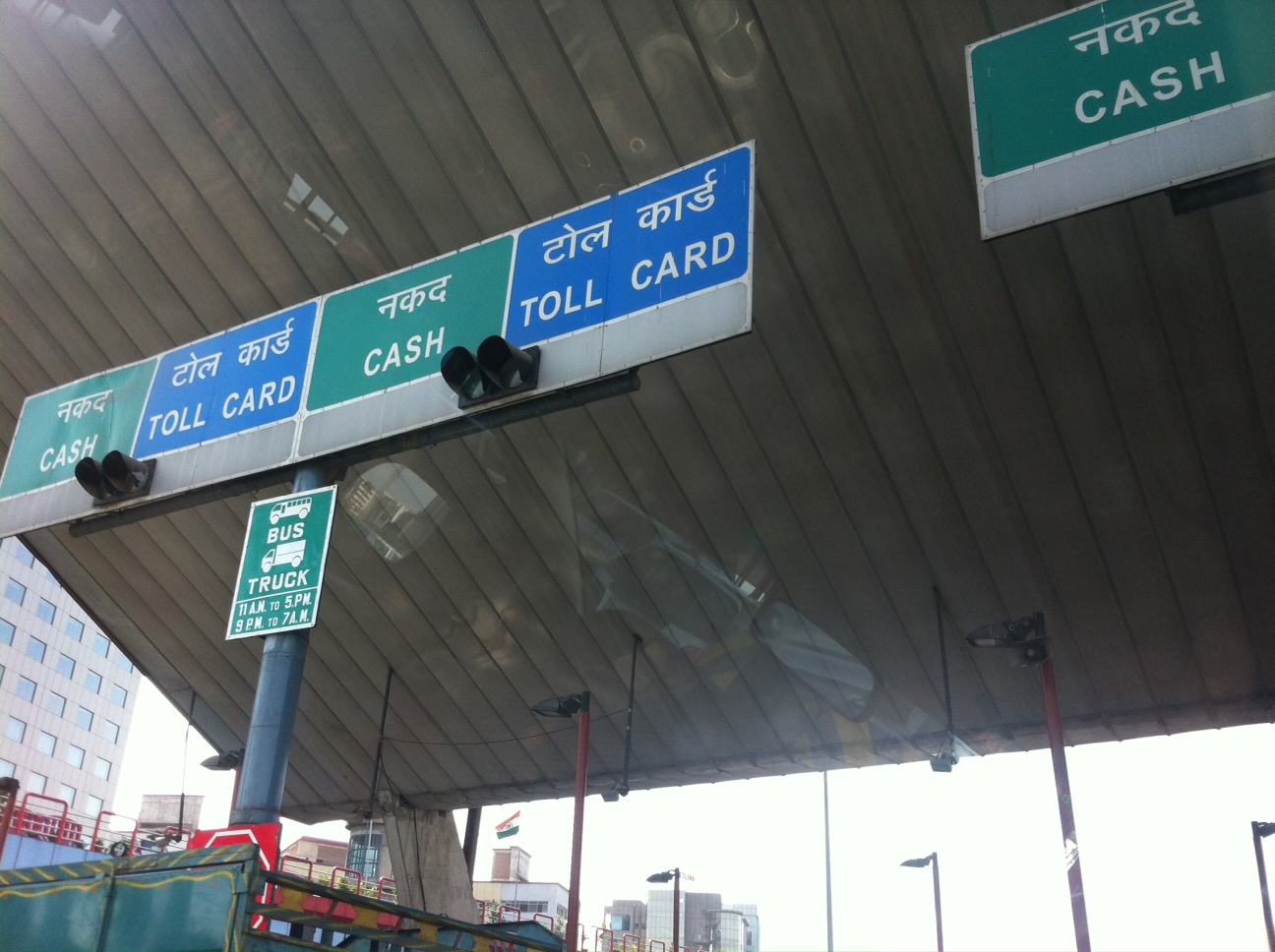





Suresh Mansharamani
Amazing
Srinath Iyer
Awesome 🙂
Ronak
I don’t think the math regarding the revenues is correct. So correct me if I am wrong. Your assumption of 2-3% users paying $10 equates to $20 Million monthly revenues. But that $10 you would pay is not recurring. its rather one time. so it will be difficult to sustain that revenue rate.
eg. I’m sure you never paid anything to Camera Awesome after the initial purchase of $10.
Zohdi Rizvi
In other words, the “Opportunity Cost” is thrice the times than “Acquisition Cost”
For now, Chapter closed, Big Fish has eaten the tiny fish, that would have turned into whale someday!
Shailesh Gupta
great insights! Btw.. what is the common multiplier range for internet based companies in US and in India? @Alok sir please?
Alok Rodinhood Kejriwal
Ronak, that’s the whole point.
The revenue IS NOT recurring.
BUT, 98% of people are still available to tap into.
The LIFE TIME value of most ‘virtual goods’ users is 2-3 months, but new users add on and also, older fence sitters jump in!
Alok Rodinhood Kejriwal
PE? at least 20 🙂
Alok Rodinhood Kejriwal
Thanks to you and a couple of similar responses and feedback, added this para:
Ps – This is not a ‘recurring’ revenue model. This is a one time payment. BUT, as it is observed in all the ‘virtual goods’ businesses, the ‘LTV’ – Lifetime Value of users ranges for 2-3 months. ALSO, there are the rest of the 98% who are ‘fence sitters’ that jump in, AND also new users that keep getting added.
Ronak
Thanks for that. My comment was purely from the math point of view.
As regards why Facebook bought Instagram, my hypothesis: I don’t think it was the potential valuation which Instagram would otherwise get had it been independent that drew facebook to acquire it. or for that matter, how much will instagram add to Facebook’s bottom line say 2-3 years from now.
I guess Facebook wants a much richer ecosystem and data around photos is much richer given the context. So Facebook can probably monetize/ leverage this data in a whole new way.
Elroy Serrao
Nice take on the whole Instagram deal. I’d say the back-of-the-envelope calculation you did is one possible future. I’d take a more pessimistic view of things and say that given the short life of Instagram so far, its a bit too early to predict if that wonderful future would be realized. What’s more likely in my opinion, is that Instagram could have ceased to be relevant in the next 2 years and made way for the next mobile craze ( or for that matter something we haven’t thought of yet ). Facebook’s made the bet that Instagram will continue to be relevant and if it pans out like you said, this whole thing in retrospect will look like a steal. Luckily we live in interesting times, where game changers that change the face of reality are all too common – so should be interesting to see how this pans out.
Rishav Rastogi
While I might agree with you on the math. You may have actually not taken a few factors into account, for example, the latest funding they had received two days before the acquisition
But from what I am heard, instagram wasn’t interested in a such a model, they hadn’t done it yet atleast. Apparently, the latest round of 50 mil $ was to expand and bring the new business model. There evaluation was set at 500 mil $ because of the which facebook had to offer them enough premium to sell == 1 Bil $ ..
We may actually never know what that 50 million would have been used for. But I think what you suggest is something Instagram could easily implement and did not do so..
I think one of the biggest reason to buy it was to increase activity on FB itself, which is waning lately (especially in already saturated markets like US and UK, by no means less but reducing ) . If your projections are correct, and FB can truely drive instagram into their own workflow, it could possibly lead to an substantial increase in FB’s traffic.
I think its FB’s bid to become more relevant, or maintain its relevancy for current and future users.
Nishant Agrawal
You are implying that of all the users, 2% will buy the product every month. We will restrict our time horizon to 8 years.
2% per month means 24% per year, or 100% in 4 years. This means that every single person who signs up will use the application for 8 years (ie, he wont turn passive). And each user will purchase the product at least twice in these 8 years. That doesn’t make sense.
Alok Rodinhood Kejriwal
hahahah – what about the fact that Instagram will go from 30 million users to 300 million in 8 years?
While you fiddled with the numerator, you ‘forgot’ that the denominator also expands 🙂
PS : this is the expansion rate of the denominator of Instagram so far:
Nishant Agrawal
That doesn’t matter. 2% is a relative figure. Whether it has 100 users, or 100million that 2% will remain 2%.
It has 30m users right now, and assuming the dream run continues, it will have 210m users by, say 2020. For the sake of simplicity, can we just say that it has 120million users right now, and will have the same by 2018? ( (30m+210m)/2 ).
Going by your revenue calculations this 120m users will churn out 2% paid users per month, and each of them will pay 10$. Yearly revenues = 120m * .02 * $10 * 12months = $288m. This is pretty much near your number. I hope you agree with this.
Now, calculating the top-line with my interpretation of your numbers:
120m users, each of whom will use the app for at least 8 years, and will pay twice for it during this time.
Revenues (8 years total) = 120m * 2times * $10 = 2400
Yearly revenues = 2400/8 = $300m
And this is also pretty much near the figure you came up with.
I dont know if it was a justified price. It’s just that, being a finance guy, I am skeptical. One is buying this company for a very low ROI, in a very dynamic and competitive environment, and based on dream-run-continues assumption. Same goes for the $100billion valuation of FB. With profits of $1billion, its trading at a PE of 100. It can’t outgrow the number of internet users. The amount of time spent on FB, also, cannot go up by 10 times. If one invests in FB, one gets back his money in 80 something years. Forget making a profit. Unless, of course, one buys the share hoping to sell if off to someone other disillusioned person at a higher price. But then, the fundamentals are still poor.
I wouldn’t invest my money here. My views are too much influenced by Buffett’s methods.
But then, I’m thinking like a finance guy. A tech guy would would not agree, and might even be right.
Alok Rodinhood Kejriwal
Nishant,
My post is that Instagram will be a 3 billion dollar company because it WILL generate – like you said 300 million dollars a year!!
But,
Where has your argument of 2*12 = 24 % per annum disappeared??
You said in your first comment – “2% per month means 24% per year, or 100% in 4 years.”
That itself is incorrect. Because 2% of the constantly changing user base will pay. In this recent reply, you say “That doesn’t matter. 2% is a relative figure. Whether it has 100 users, or 100million that 2% will remain 2%.”
EXACTLY my point – 2% PAY. That’s it.
So, lets sort out this mistake first before we jump into the philosophy of warren buffet!
Your move.
Nishant Agrawal
This ‘constantly changing user’ base is turning the thing confusing. It was because of this that I proposed to use 120m constant user base, rather than 30m to 210m.
Firstly, do you agree that having a constant 120m user base is better than having a user base rising from 30m to 210m?
Next Point. Suppose this is January. This month, 2% of this 120m bought the product. So now we have 117.6m unpaid users, and 2.4m paid users.
For February, assuming that paid users wont pay again, we have paid users = 2.4m + (117.6m * .02) = 4.75m.
By the end of the year we will have some 25.8m paid users, and 94.2m unpaid users.
We extend the same argument, to further years and we will have 102m paid users by the end of 8 years, and 128m in average annual revenues.
Well, this is even less! It proves my buys-every-4-years theory, but gives an even lesser valuation. First time around I took 2% as being 2% of total users. But 2% of unpaid users is a better metric, right?
Now, assuming that 2% of all users become paid users, we have:
For January, 2.4m paid users, and 117.6 unpaid.
By the end of the year = 28.8 paid users, and 91.2 unpaid users.
By the end of 4 years = 115m paid users.
By point is that you cant justify that 2% of all users will pay for a given random month.
Alok Rodinhood Kejriwal
nope.
The hypothesis:
For February, assuming that paid users wont pay again, we have paid users = 2.4m + (117.6m * .02) = 4.75m.
is wrong. Wrong because of the constant assumption. Nothing on the web is ever constant.
Zynga has 225 million users, of which 2% = 4.5 million players pay each months.
When Zynga introduces a new game, the old users sometimes come and pay again. Also lots of new users joing Zynga and old ones fall off.
So, its 2% always remains 2% – it never becomes 24%
Similarly, while I have paid 9.99 for ALL of ‘Awesome Camera’ features, I will still pay another 9.99 if they give me 50 more filters.
Take the iTunes store for example. A large portion of users come from free apps. But its paying users deliver in excess of 1 BILLION US$ in revenue.
Same for Angry Birds whose revenues are growing. Despite it being a known game, it keeps getting new and recurring revenues.
In my post I didn’t even mention recurring revenue because that would have been contested.
In the business of the web, where 1.2 billion people keep discovering content, 2% will pay randomly!
Nishant Agrawal
Its based on too many assumptions. You valued the company assuming the best of scenarios.
1. It will come out with new filters every month or two
2. Each will be just as good
3. The price won’t come down, despite stiff competition
4. No competitor will take over
5. The user base will continue rising (FarmVille users are falling)
6. People will buy the 10$ pack more than the 1$ bits
7. It wont hire thousands of people (Zynga has 3,000)
8. The NP margin will remain in the north of 80% (how many companies with a top-line of $200m can you name with such a NP margin? What about Income Tax?)
9. People will never get bored of the app and will continue buying new filters for years to come.
In other words, its an utopia that will never end. $1billion is still a smaller figure compared to the acquisitions during the Bubble
https://en.wikipedia.org/wiki/Dot-com_bubble#List_of_companies_significant_to_the_bubble
Alok Rodinhood Kejriwal
ur distracting urself.
we can argue about valuations.
i’m trying to drill the point that 2% random on a ever increasing user base is a model that exists. all app companies survive on this.
Nishant Agrawal
Survive is too big a word. Most of them are hardly 2 -3 years old. AppStore came up 4 years ago.
It’s the ever increasing user base that perturbs me. Surely MySpace felt the same, and so did the thousands of others tech companies whose names we don’t know. The environment for the Internet Companies is just too dynamic. One could have made billions betting on Google, and a few did make so. Click the above Wikipedia link to see how many lost, and how much.
Id say, if I had $3 billions I wouldn’t buy CA. Would you?
Neerja Singh
It’s lunchtime in Dubai, and as I sit at my desk with a sandwich I turn to my favourite teacher – The Rodinhoods. The one place I not only read awesome stories, but ALL the comments that follow, simply because so many people add so much learning to the experience! I have to say, though, that even after two months of this surreptitious slinking around, hiding my Rodinhoods obsession from my partner and husband – Alok you remain my top favourite writer.
Great story ideas, so much gyaan – and written so passionately and humorously that it goes down eeeeasy.
Many many thanks!